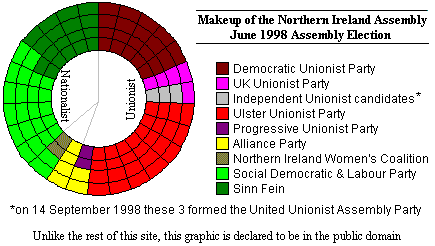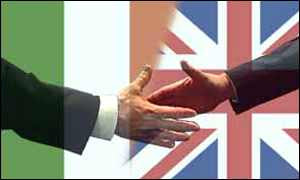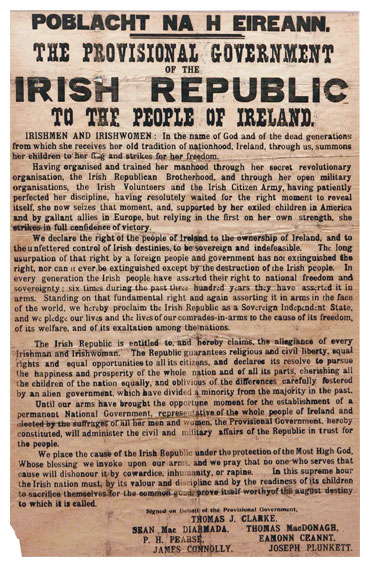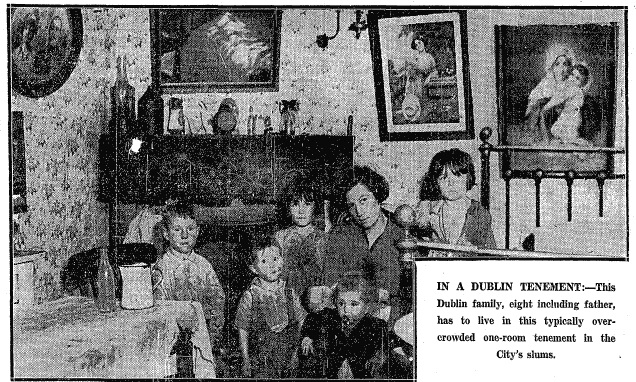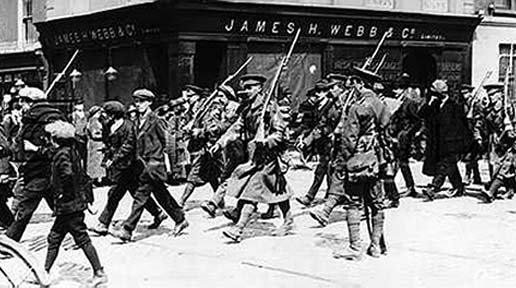Lesson 9 - The 2017 Coalition between The Conservatives and the DUP.
Following the most recent election the Conservatives have created a coalition Government with the DUP. Research: How their policies differ. What a coalition is. The views of both parties on the coalition Consider why some people may not be happy. Consider what impact the DUP may have on Brexit negotiations. Write your own opinion piece (Article) on these issues. This should reflect some of the research you have done throughout your mooc. Include evidence and facts you have found. Include your own opinion about the coalition. Email your finished article to edwced@waingels.wokingham.sch.uk.
